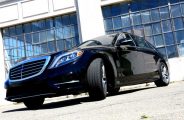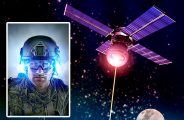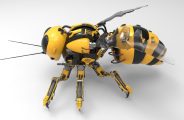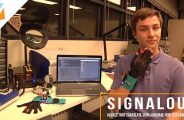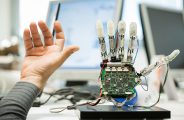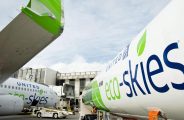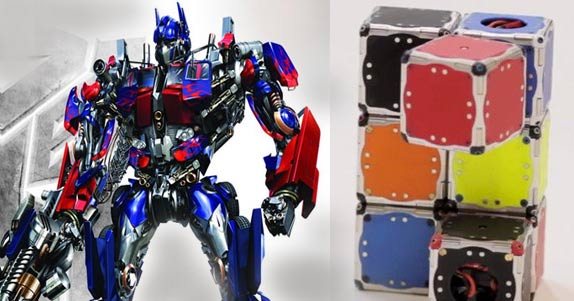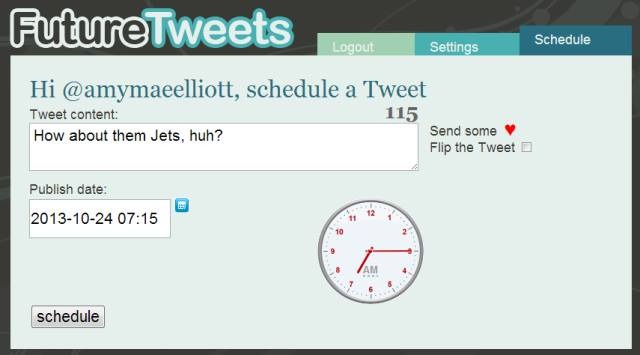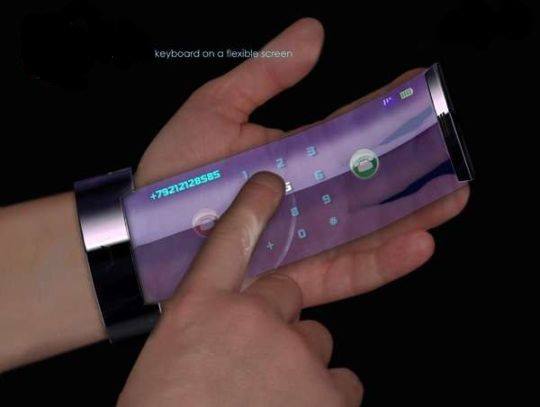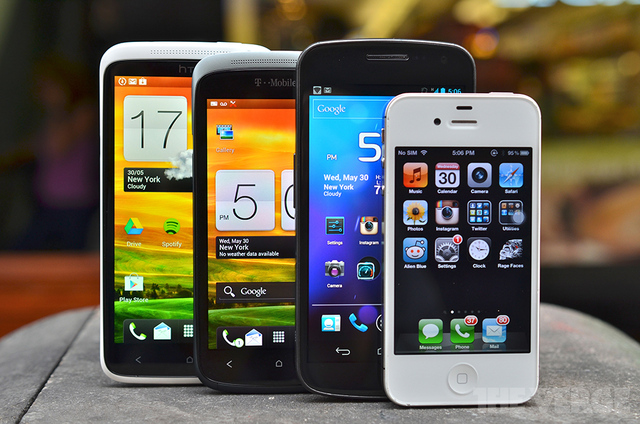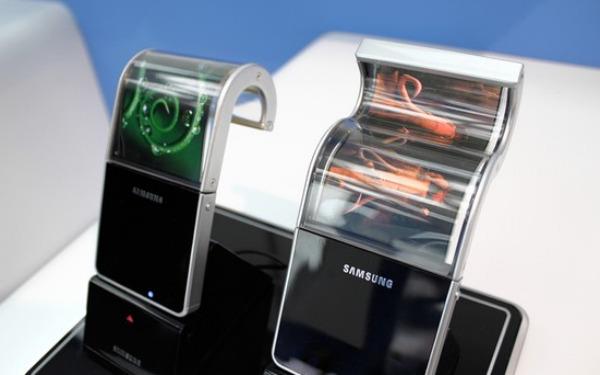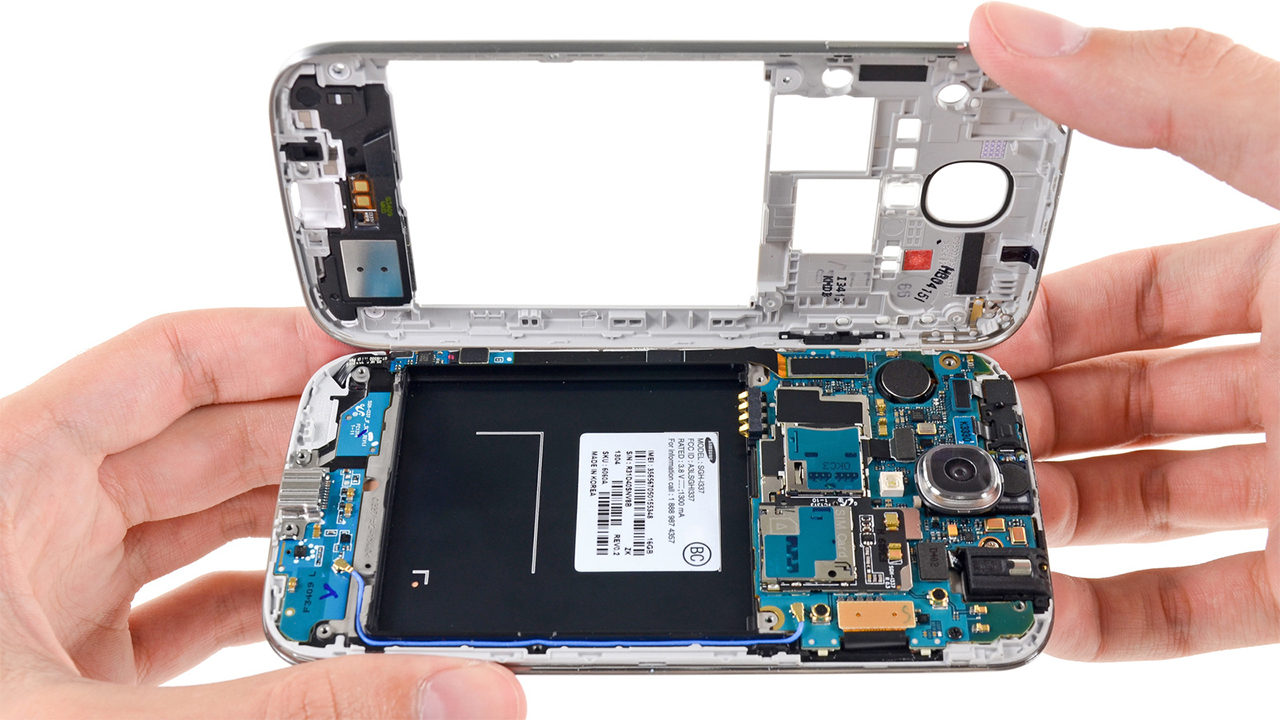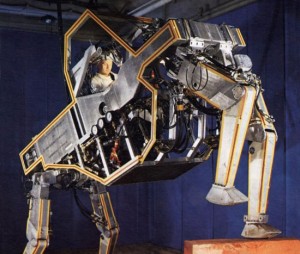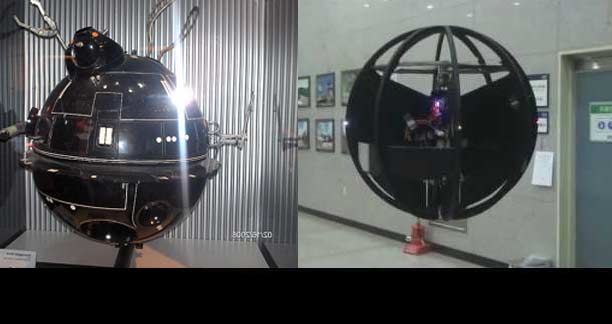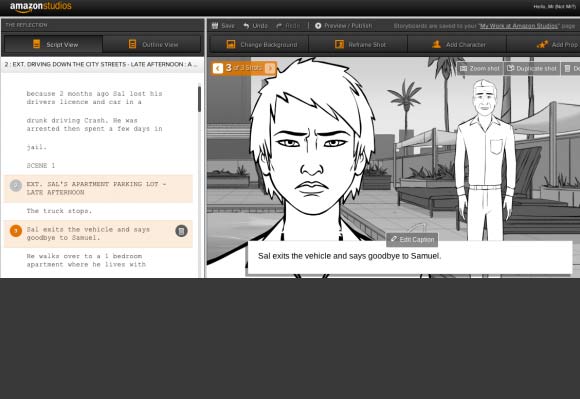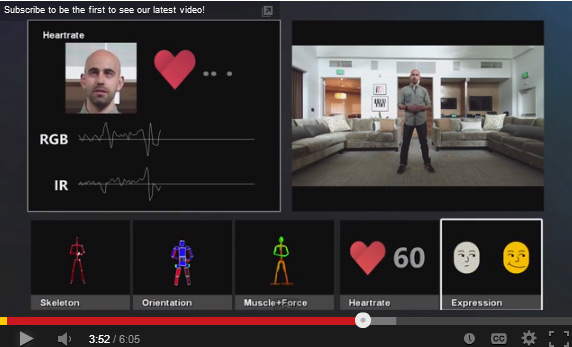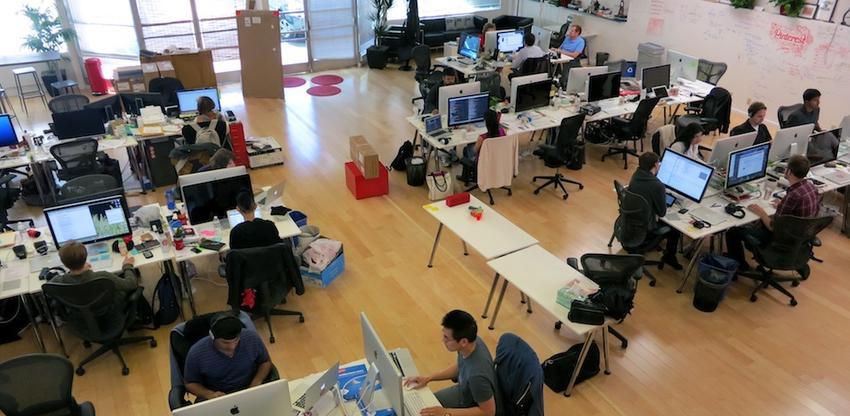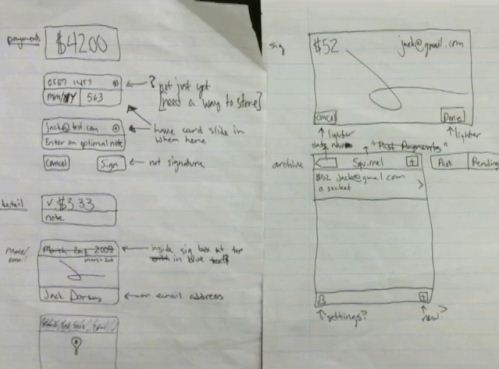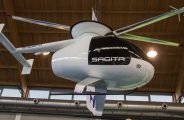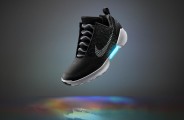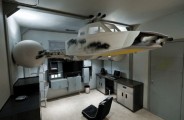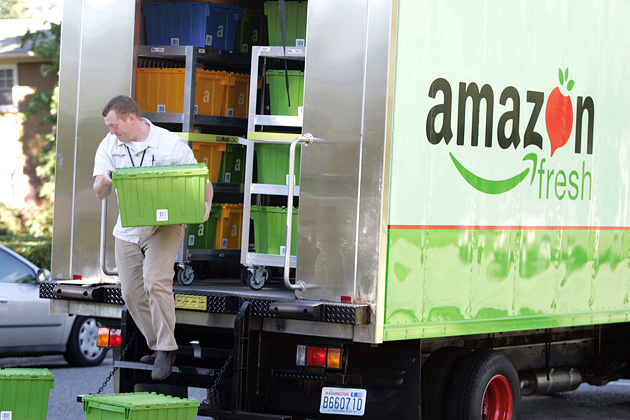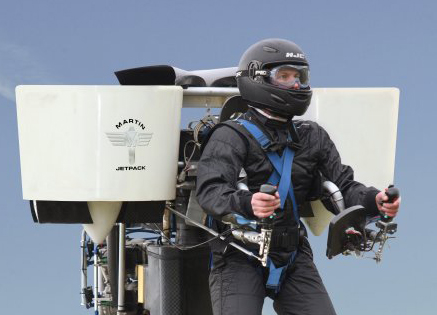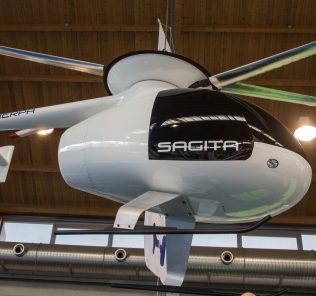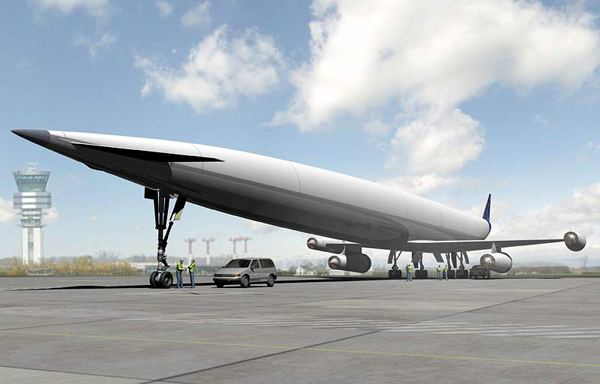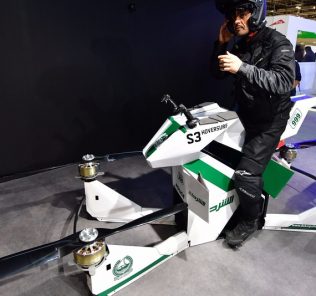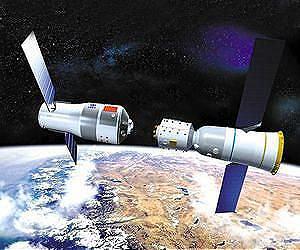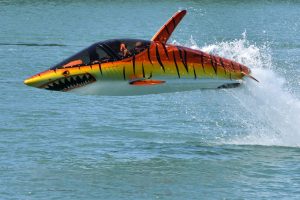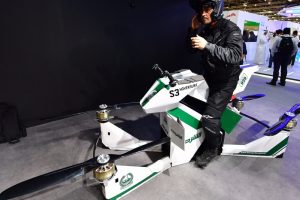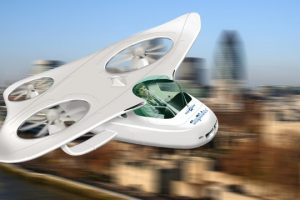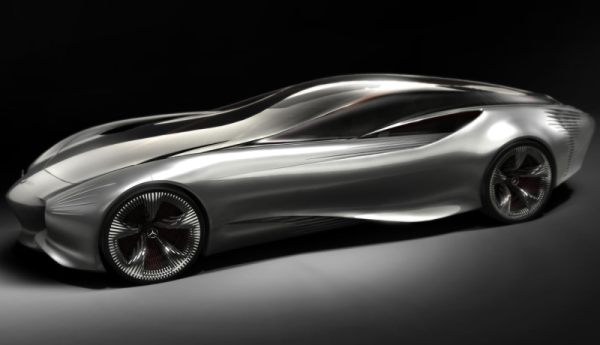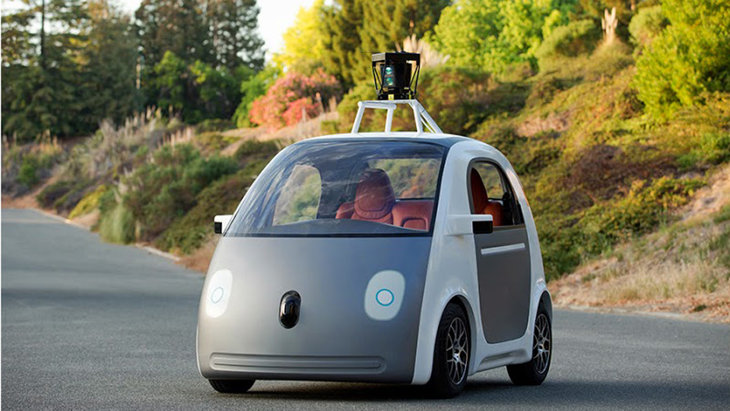Personal Air Vehicles coming to the masses soon thanks to NASA
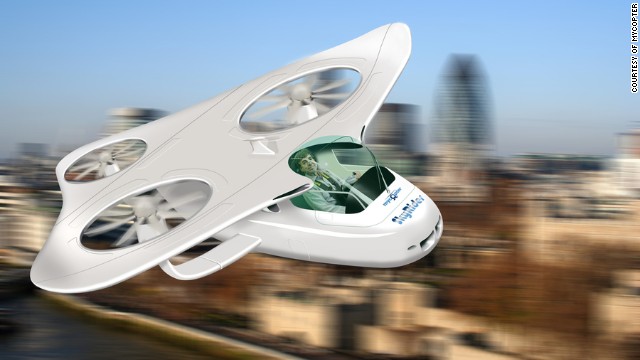
While companies look to deliver packages in a matter of minutes using drone technology, NASA engineers are exploring ways to bring similar “on-demand mobility” to the masses quicker & safer.
In less than a decade, small commuter airlines could be flying electric planes that are more nimble, quieter and far more energy-efficient than today’s turboprops. And as aircraft design and battery technology progress to extend even greater ease of use to the public, the sky would literally become the lim
“What we’re looking at is how these new technologies can fundamentally change on-demand mobility,” said Mark D. Moore, an advanced concepts engineer at NASA Langley Research Center in Hampton.
“And that may be on a small unmanned aerial vehicle like Amazon wants to develop that can get you a package in 30 minutes from their distribution center. But we want to extend that even farther and let a person be able to have that same kind of mobility. (The) freedom to be able to travel in a region at much higher speeds and at much more productive ways.”
The ultimate goal, he said, is a “human/machine interface that is essentially more like driving a car than flying a small aircraft.”

A key technology that NASA and its commercial partners are developing to help drive the future toward such personal air vehicles, as well as vastly improve general-aviation aircraft and commercial delivery services, is called “distributed electric propulsion.” It’s a rapidly evolving technology that Moore says is the biggest shift in aerospace technology since the invention of the turbine engine.
Moore made a presentation of his research to his NASA colleagues Tuesday afternoon, and later that evening to the general public at the Virginia Air & Space Center in downtown Hampton.
“Distributed electric propulsion lets us do things that we’ve wanted to do for 50 years, because it fundamentally changes the degrees of freedom that we have in the design of aircraft,” Moore said.
By using battery-powered motors to turn compact propellers distributed along an aircraft’s wing, he said, a plane becomes easier to handle, lighter, less noisy and more environmentally friendly. It can also perform better in a tricky vertical take-off or landing.
It can’t, however, fly as far or as fast as a general-aviation aircraft: A regional turboprop tends to keep to ranges of about 300 or fewer nautical miles and can cruise at speeds of about 225 mph, he said, while NASA’s electric propulsion wing design can only go about 200 nautical miles and cruise efficiently at 175 mph.
But Moore said their demonstrator tests are showing as much as a 500 percent reduction in the energy needed to perform a high-speed cruise.
“So we’re really talking about transformational capabilities with this technology,” Moore said.
And with battery technology rapidly improving, he said, in five years the range for distributed electric propulsion should climb to 300 nautical miles.
“Our intention is for this to push up to larger-scale,” Moore said. “But it makes a lot of sense for this technology to incubate in an early-adopter market where you can work out any certification issues or risk.





